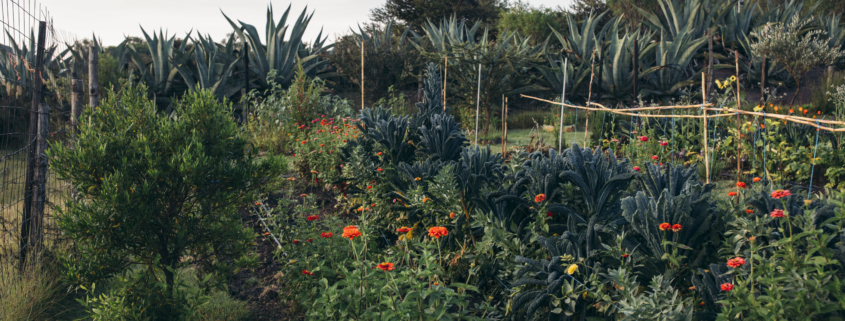Why Regenerative Agriculture Will Reverse Climate Change
The trees and plants on our planet sequester carbon in the soil, absorbing it from the air and releasing oxygen in its place. If you stir the dirt, it releases that carbon back into the atmosphere. Even though this is how it’s been done for generations, at its core, this basic concept explains why industrialized farming is a primary contributor to carbon release and the resulting climate change.
Creating a solution for this problem is in direct contrast to traditional tilling of the land as a means to prepare the soil when growing crops. But there is a solution and it comes in the form of truly traditional, small-scale farming practices. Recently dubbed regenerative agriculture, the concept is simple.
What is regenerative agriculture?
Regenerative agriculture describes farming practices that create a cycle of caring for the soil through responsible grazing and land management. It’s a general term that encompasses a range of practices from composting to pasture cropping. The primary goal of regenerative agriculture is to enhance and retain the biodiversity in soil that has been continuously stripped for generations.

